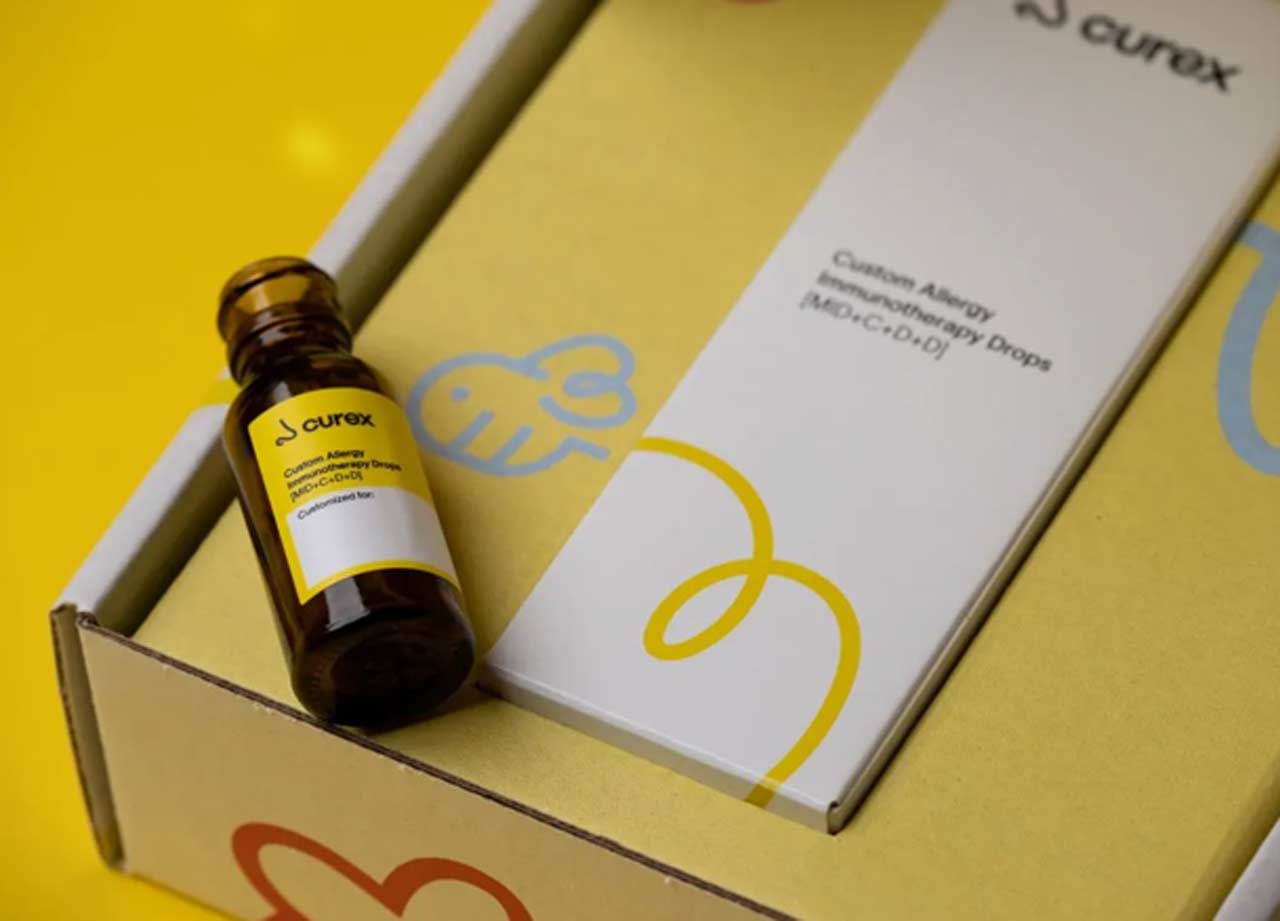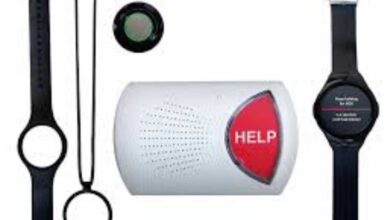 Sublingual immunotherapy (SLIT), which includes allergy drops such as those provided by Curex, is held in high regard as one of the most convenient and effective forms of allergy medication. Still, all medication has specific strengths and weaknesses. This article closely looks at the cons of SLIT with the intention of revealing its possible inadequacies and issues that patients who choose this mode of treatment should be aware of.
Sublingual immunotherapy (SLIT), which includes allergy drops such as those provided by Curex, is held in high regard as one of the most convenient and effective forms of allergy medication. Still, all medication has specific strengths and weaknesses. This article closely looks at the cons of SLIT with the intention of revealing its possible inadequacies and issues that patients who choose this mode of treatment should be aware of.
The most noticeable con of SLIT is that the overwhelming majority of allergy drops are not FDA-approved. While SLIT is available for some allergens, such as grass pollen or dust mites, it isn’t FDA approved or available for a host of other, less common allergens, which dramatically restricts the availability of SLIT to patients sensitive to these allergens.
Though SLIT is a successful treatment for many allergens, its effect on some categories of allergens, especially food allergies, remains debatable. Studies have pointed out that SLIT is less effective for food allergies compared to other forms of allergy immunotherapy.
SLIT is a long-term treatment requiring regular use for the best effects. Because some medicines last a long time in the body, SLIT will require the patient to wait for the full treatment period, which can be a downside for some patients. However, the ease with which allergy drops can be self-administered at home makes them more tolerable for the patient than regular allergy shots.
While generally safe, sublingual immunotherapy can provoke common adverse events including mild oral symptoms like itching or swelling in the mouth or throat. Anaphylaxis is a severe allergic reaction, rare to SLIT, with an incidence of one in a million cases. Patients should discuss potential risks and benefits with their healthcare provider before starting SLIT.
The only limitation of SLIT is its cost, being a rather expensive procedure. Not all people may afford this treatment, but for some of them, insurance may cover the costs of SLIT or offer options for reimbursement. Also, the cost of SLIT may vary in the case of allergens being treated and the duration of the treatment. The fact that SLIT may not reach all regions means that the treatment may not be availed to some people. No matter how common and broadly applied SLIT is in most countries, in some regions, its availability is not widespread, and allergy clinics are not well-established. This situation makes SLIT less viable to persons in such areas.
By and large, SLIT is an effective and convenient way to cure allergies, only with a few caveats. Prospective users should consider the allergens for which the FDA has limited approval, the potential side effects, and the need for a long-term commitment. Discussing these factors with a healthcare provider may let a person decide if SLIT is the proper treatment for allergies.







